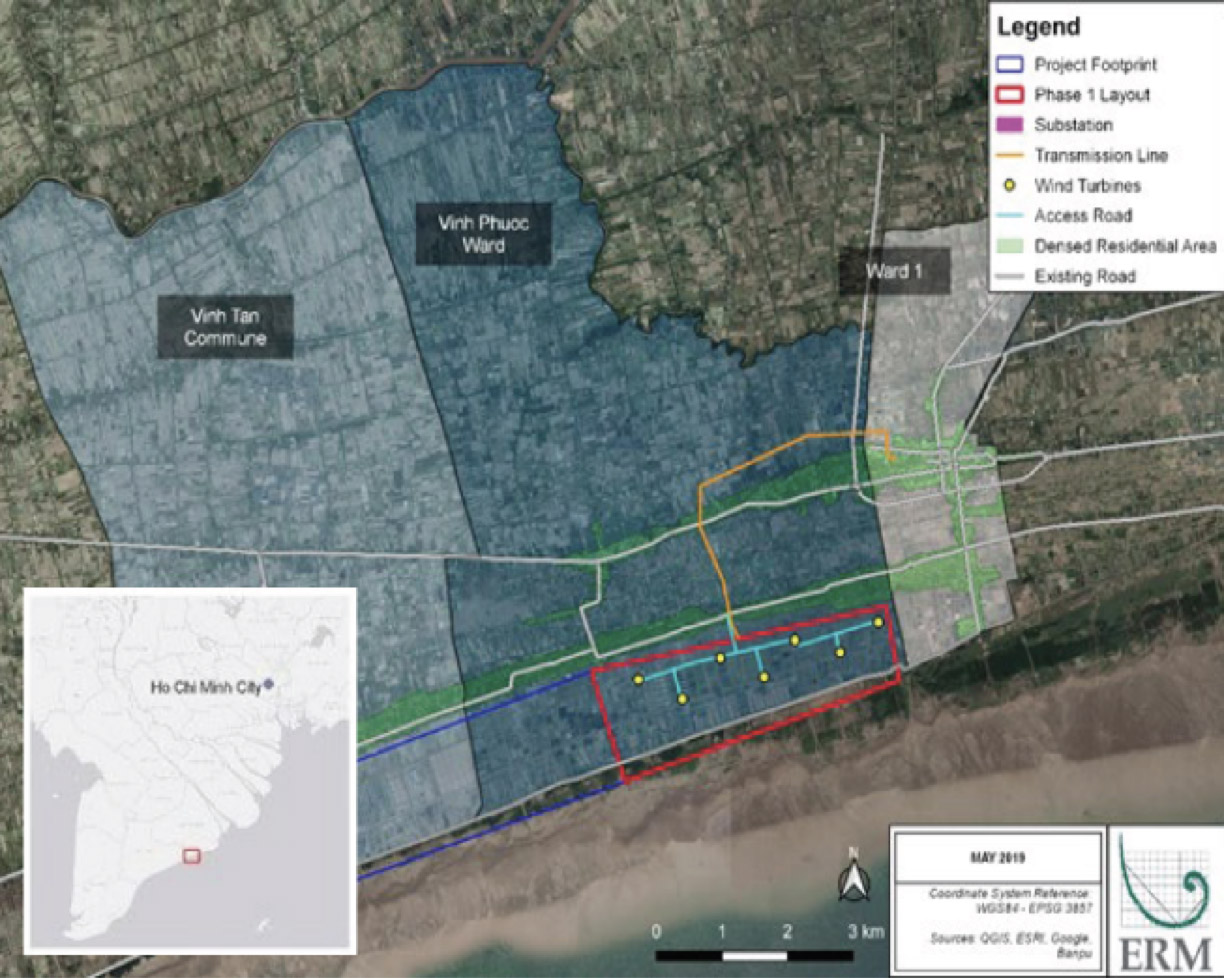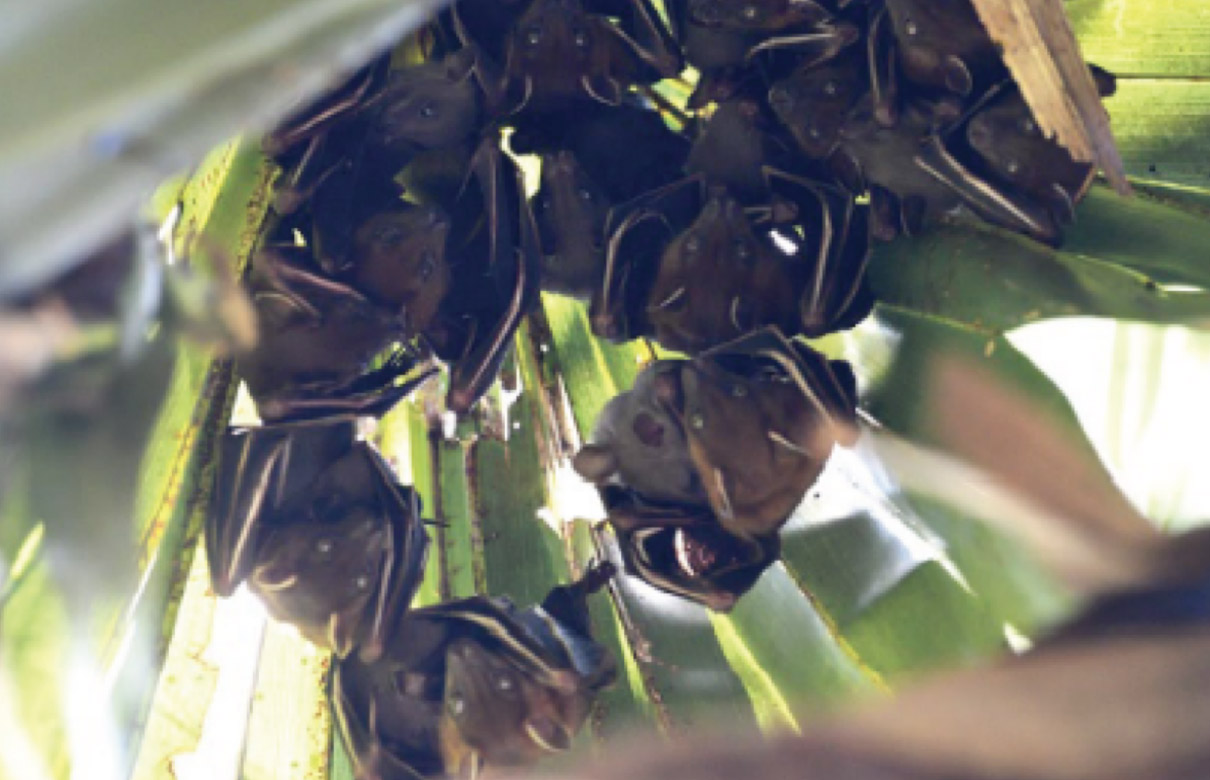Significance
At present, biodiversity loss is an ongoing issue for many reasons, including deforestation, excessive exploitation of biological resources beyond their balance point, climate change, threats from invasive alien species, and pollution caused by human activities, especially in areas with high biodiversity.
BPP is well aware of these high-biodiversity areas and strives to conduct its business with caution, considering the potential impacts of its projects. The company aims to avoid, prevent, and minimize any negative effects through proactive measures.
Management Approach
BPP has established guidelines for biodiversity management by avoiding creating impacts on biodiversity as the first place. The process begins with selecting operational zones that do not affect the areas with high biodiversity. BPP is committed to conducting the biodiversity operations as follows:
- Committing to operating the projects creating the Net Positive Impacts on biodiversity by using management approaches as follows:

- Avoid implementing projects in the areas with high biodiversity.
- Assessing potential impacts on biodiversity at all production units where BPP has management control, and reviewing the assessments regularly, or when changes arise. This is to ensure that the operation will not have an impact on biodiversity in the area.
- Conducting studies and assessing the biodiversity value to collect data and prepare an action plan to reduce the impact before commencing the project.
- Considering the biodiversity impacts in every phase of the project, starting from survey, construction, operation, to project’s expiration period.
- Assuring stakeholders that none of BPP’s operations are in the World Heritage area (the International Union for Conservation of Nature (IUCN) category 1-4), while expressing commitment to Zero Deforestation as stated in the Biodiversity Policy.
- Engaging with stakeholders, especially local communities and academic institutions, to implement the biodiversity conservation projects.
- Continuously supporting the research projects on biodiversity.
- Following up trends on changes in laws or practices related to biodiversity in order to assess potential risks, such as collaborating with Banpu Group to create a report according to the Taskforce on Nature-related Financial Disclosures (TNFD) in order to increase data disclosure transparency, developing competencies on risk management, and promoting operations having positive impacts on natures, etc.
Biodiversity Risks Assessment
BPP assesses biodiversity risks together with studying environmental impacts of its newly invested projects by employing outside experts. This is part of the project’s risks and feasibility assessments. For current business units, BPP assesses biodiversity risks by using secondary data to study changes in space use via satellite images. Moreover, it is keeping an eye on changes in applicable laws/requirements for using the area as well as incidents related to biodiversity possibly resulting from the power plants’ operations, etc. The study area of each power plant is defined in a 5 – km radius surrounding the power plants, representing an area of approximately 80 square kilometers, while the environmental impact on biodiversity is regularly monitored.
Performance
- Completely assess potential impacts on biodiversity across all business units’ areas.
- None of the business units are located in areas with high biodiversity value.
- None of complaints or instances of non-compliance with biodiversity-related laws.
Key Activities and Projects
A Study on Biodiversity at the Vinh Chau Wind Power Plant Project in Vietnam
Wind power plants may have an impact on the ecology and natural habitats of birds and bats. The Company is well aware of the importance of preserving the ecosystem in the area. It is, therefore, conducting a biodiversity study in the surrounding area of the Vinh Chau Wind Power Plant Project in Vietnam to collect biodiversity data before the commencement of project construction. The assessment of potential impacts and preventive and corrective measures were also implemented before the project’s construction. The research methods and specimen collection were in accordance with the academic standards with reference to the International Finance Corporation (IFC) Performance Standard 6. The biodiversity study consists of:

Flora Diversity Study: A study on plant diversities was conducted by using secondary data, satellite image and a survey in the area. It was found that most of the project areas are used for shrimp and other aquaculture farming. As the surrounding areas are the mangrove forests encroached on fishery, only 40 species of plants are found, most of which are shrubs while 19 species are in the mangrove forest group.
Bird Diversity and Flying Route Survey: A study on bird diversity and flying routes in the area was conducted during both the dry and rainy seasons to cover local species and migratory birds, their flying routes and heights as well as species differences in the seasons. From the study of 52 bird species, it was found the most of them flew below 35 meters, which is the minimum height of the wind power plant’s turbines.

Bat Diversity Survey: Since bats are nocturnal animals and are harder to see than birds, it is necessary to use various methods for this study, such as a secondary data research, an expert review, a use of a sound wave called “mobile acoustic transects and stationary acoustic point count,” net trapping, temperatures observation, and community interviews on bats’ nesting in the area, etc. It was found that bat species can be classified as approximately six species from sound wave identification, two species from net trapping, three species from surveying their habitats during the daytime. From surveying in the area, a number of bats are less than that of the secondary data. This might be caused by unavailable fruit and food sources for bats in the project area.

The Company is confident that this study will be beneficial to the biodiversity conservation in the future.
Document Download
Biodiversity Policy
Biodiversity Review Report 2024



